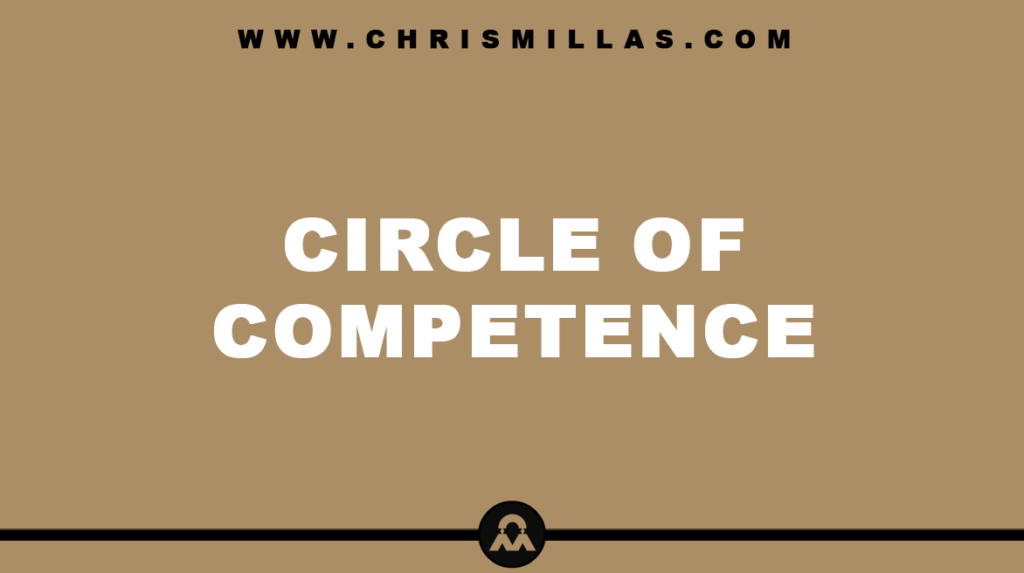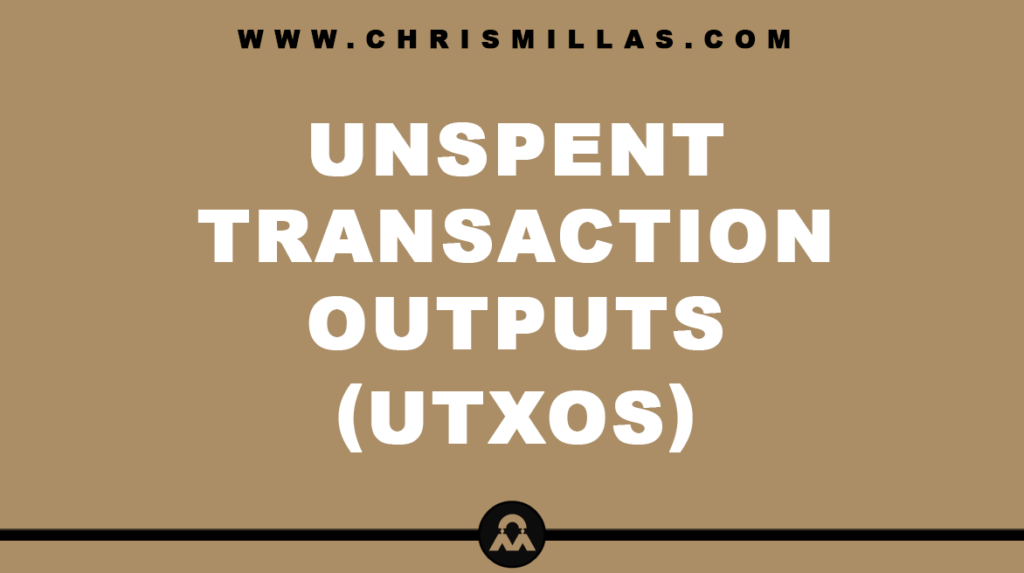In this post, we’ll unpack all you need to know about money, defining exactly what it is, its properties, its functions, its evolution, its history and more.
What Is Money?
Money is an information system. It is a tool for storing and transmitting information about value within an economy. In this sense, it can be considered as the language of value.
Money conveys information about the relative worth of goods and services which allows individuals to make informed decisions about how to allocate their resources.
When we pay for something with money, we do not actually exchange physical money. We exchange information about the value of the goods or services we are purchasing.
Mental Models For Thinking About Money
Aside from an information system, there are a number of other mental models we can use to help understand the concept of money.
- Money Is Delayed Consumption: Money allows us to delay consumption and invest in the future. Thus, it leads to capital accumulation and improvement of living standards. Without it, we would have to consume everything we produced in the present.
- Money Is Liquid Fitness: From an evolutionary perspective, money can be considered as liquid fitness. In other words, it is something that can be easily converted into almost any other form of evolutionary fitness that enhances our survival.
- Money Is The Highest Form Of Energy: Money is stored energetic life force. It’s the highest form of energy human beings can channel because it’s a claim on all other forms of energy (human productivity).
Money & The Coincidence Of Wants
The coincidence of wants is an economic phenomenon where two parties each hold an item that the other wants which allows them to exchange these items directly.
For example, if you have apples and want to trade them for oranges, you must find someone who not only has oranges but also wants apples.
This specific alignment of wants is often difficult to achieve, making barter inefficient.
Money, as a universally accepted medium of exchange, solves this problem by allowing individuals to trade goods and services indirectly.
In short, indirect exchange is more efficient than direct exchange.
Easy Money Versus Hard Money
A money whose supply is easy to increase is called easy money. A money whose supply is hard to increase is called hard money.
We can assess the hardness of money by looking at its Stock (existing supply) to Flow (new supply) ratio (calculated by dividing existing supply by new supply). The higher the ratio of Stock to Flow, the harder the money.
Historically, bad (overvalued) money has tended to drive out good (undervalued) money, also known as Gresham’s Law. In other words, money moves to the hardest asset. As a consequence, the majority of money and wealth tends to concentrate with those who choose the hardest and most salable forms of money.
Sound money refers to money that is freely chosen by the market and under control by the owner and safe from manipulation. It is money that gradually increases in value over time and therefore increases in purchasing power.
The Properties Of Money
Money has 6 primary properties:
- Acceptability ― How widely accepted it is as a form of money.
- Divisibility ― The ease with which a single unit can be broken down into smaller units.
- Durability ― The ease with which it can withstand wear and tear.
- Portability ― The ease with which it can be stored or transported for use.
- Recognisability ― The ease with which it can be identified and verified as authentic money.
- Scarcity ― The difficulty with which it can be produced.
The Functions Of Money
Money has 3 functions:
- Store Of Value (SoV) ― It must maintain its value over time.
- Medium Of Exchange (MoE) ― It must be widely accepted as a method of payment for goods and services in the marketplace.
- Unit Of Account (UoA) ― It must serve as a standard measure of the value of goods and services in the marketplace.
Store Of Value
If you can’t store physical energy (fat), you can eat infinitely and starve physically to death. If you can’t store economic energy (money), you can work infinitely and starve economically to death.
Fat is deferred caloric energy. Money is deferred monetary energy. If you can’t store fat, you’ll starve physically to death. If you can’t store money, you’ll starve economically to death.
Medium Of Exchange
Having a single medium of exchange allows the size of the economy to grow as large as the number of people willing to use that medium of exchange.
Indeed, it was during the nineteenth century when the majority of the world converged on a single store of value ― gold ― that saw the greatest explosion of trade in history.
Cellular Economics As A Model For Understanding Money
Cellular Economics is the study of how living systems use energy in order to work and produce. While the units of exchange may change, all economies are based on an exchange of work – more simply, energy.
ATP is the energy storing currency exchanged amongst cells within a living organism. ATP provides all three functions that characterise money.
- Function 1 – Store Of Value: ATP molecules can be stored whilst maintaining their value over time.
- Function 2 – Medium Of Exchange: ATP molecules are exchangeable and help avoid the inefficiencies.
- Function 3 – Unit Of Account: ATP molecules are a standard measure of value.
The Evolution Of Money
Money has historically evolved through the following four stages:
- Money begins as a collectible and is accumulated solely due to its peculiar properties.
- Once money has been accumulated by enough people, money is recognised as a Store Of Value. As it becomes more widely recognised, its purchasing power increases.
- Once money has been fully established as a Store Of Value, its purchasing power stabilises. At this point, the opportunity cost of using money to conduct trade diminishes to a level that it becomes a Medium Of Exchange.
- Once money is widely used as a Medium Of Exchange, it is used as a Unit Of Account to price goods and services.
The History Of Money
Money is a technology for transferring value across space and time. As technology changes, what we consider to be money changes. Throughout the course of human history, there have been three major forms of money.
- Commodity Money: Commodity money developed during the earliest period of human civilization, when goods and services were traded directly ― known as “Barter.” Examples include furs, salt, rice, wheat, utensils etc.
- Metallic Money: Commodity money relied heavily on coincidence of wants and so was replaced by metallic money. Examples include gold, silver, copper, iron, nickel etc.
- Paper Money: Metallic money became inconvenient to carry around and so it was replaced by paper money. Examples include Dollar, Pound, Euro, Yuan, Rupee etc.
Commodity Money is neither effective at moving value across space (it’s difficult to move in large quantities) or time (it deteriorates).
Metallic Money is effective at moving value across time (it’s durable) but not space (it’s difficult to move in large quantities).
Paper Money is effective at moving value across space (it’s easy to move in large quantities) but not time (it loses value due to government manipulation).
The next stage in the evolution of money is, seemingly, digital money.
Digital Money is effective at moving value across both space (it can be moved instantly) and time (it’s infinitely durable).
Summary (TL;DR)
Money is an information system. It is a tool for storing and transmitting information about value within an economy. Specifically, it conveys information about the relative worth of goods and services which allows individuals to make informed decisions about how to allocate their resources.
The 6 properties of it are acceptability, divisibility, durability, portability, recognisability and scarcity. The 3 functions of it are Store Of Value, Medium Of Exchange and Unit Of Account.
Money has gone through 3 primary evolutions; commodity money, metallic money and paper money. The next stage in the evolution of money is digital money.







